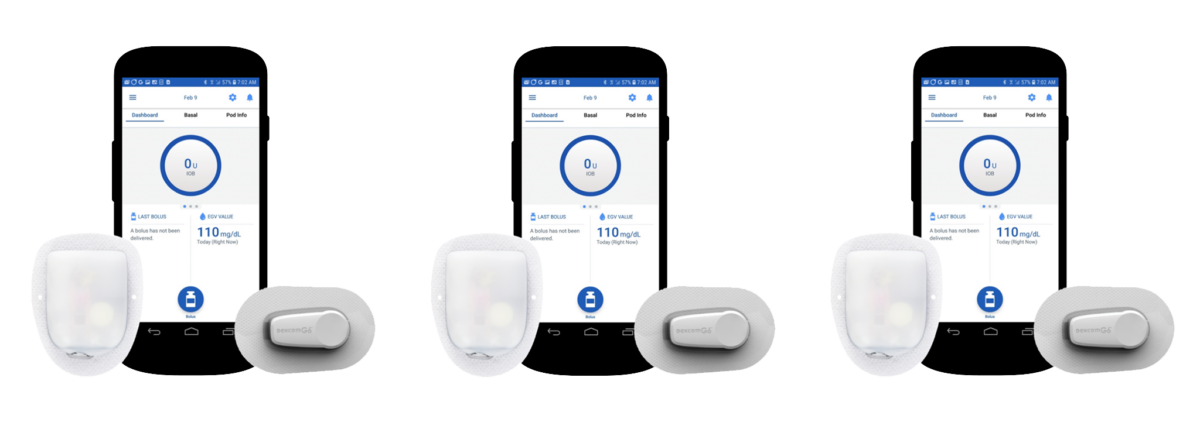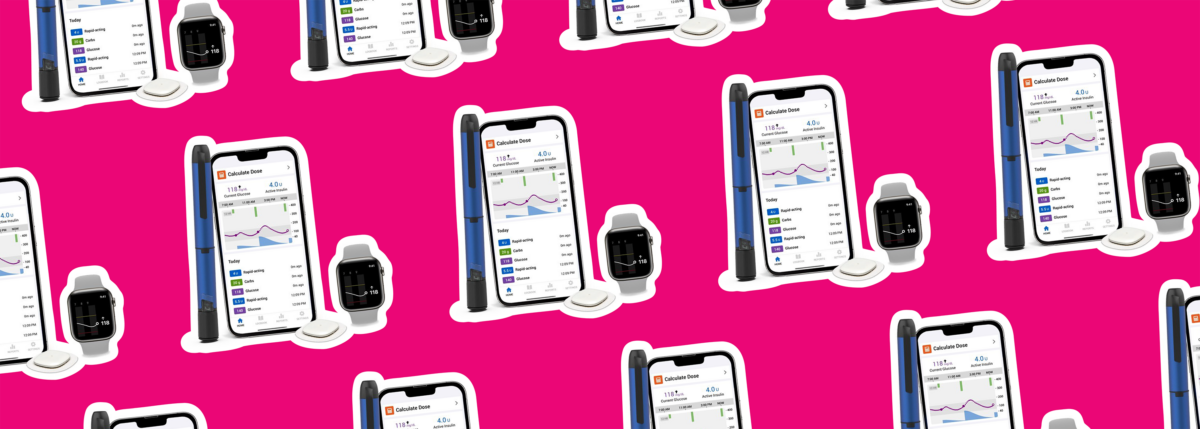Lack of Access to Insulin—Still A Global Problem
Written by: Mark Atkinson
4 minute read
June 14, 2016
We are but a mere few years from what most individuals—be they physicians, medical historians, or type 1 diabetes patients—consider a landmark event in the history of diabetes care: the discovery of a means to produce insulin as a therapy for those with the disease. This method, which involved extraction of insulin from either pig or beef pancreas, resulted in two individuals (Dr. Fredrick Banting and Dr. Macleod) being awarded the Nobel Prize in Medicine in 1923.
Before this important discovery, a diagnosis of diabetes was quite feared, as it was one that most certainly led to death. While physicians in that era knew that the disease was characterized by excess sugar (glucose), the most effective treatment was to put the patients on very strict diets where food intake was kept to a minimum. Beyond this, diabetes patients were encouraged to participate in rigorous exercise programs. At best, this treatment could buy patients a few extra years, but it never saved them. Indeed in many cases, aggressive treatments designed to keep patients alive actually caused patients to die of starvation.
Read “New Radical Methods for Treating Diabetes” (New York Times. 1916).
Word spread quickly throughout North America and Europe in the early to mid-1920s about the medical marvel of injected insulin and as proof, numerous “before and after” pictures came to light showing the dramatic impact insulin therapy could have on the patient with diabetes. In response to it, individuals of that day thought—and believed—that the “cure” for diabetes had been found.
In the near century since, advances in diabetes care, many of which offer quite a dramatic improvement in treatment, have been seen. These would include a movement away from animal insulin to recombinant human insulin, testing methods of HbA1C, self-glucose monitoring, disposable syringes, glucagon, insulin pumps, continuous glucose monitoring and much more.
Interestingly, few people in modern societies continue to consider insulin therapy a “cure.” It is understandable why such a notion would exist for those with type 1 diabetes; significant lifestyle challenges remain, the fear of hypoglycemia is predominant, meeting disease management targets is difficult, amongst others.
Yet, what remains far less known in the developed world is that for those with type 1 diabetes in developing nations, these modern innovations not only are unavailable but also in many instances, even their existence remains unknown. Indeed, to them, life with diabetes has not advanced much beyond the technology of the mid-1920s, as access to insulin remains a hope, not a certainty.
Time stands still in some regions, as starvation diets along with exercise, remain the treatments of choice where insulin is not available. Often times, children in such a situation are placed in large wards, segregated from food and family. This picture of a child in India with type 1 diabetes, residing in one such ward, is recent.
For far too many persons with type 1 diabetes, such before and after pictures, sadly, do not exist. The International Diabetes Federation estimates that between 80,000 and 100,000 children, representing some 50 countries, do not have consistent access to this life-saving medication. Fortunately, there is not only a growing recognition of this global situation but also organized efforts to address it. One of the leading groups in the United States dedicated to this cause is Insulin for Life USA.
Insulin for Life USA is a not-for-profit (501[c]3) whose overall mission is to provide diabetes medications and supplies to people in need throughout the world. It collects in-date, unopened and otherwise unneeded supplies from donors in the United States, including insulin (vials, pens and cartridges), HbA1c test kits, ketone testing sticks, glucagon, glucose meters, glucose test strips, syringes, pen needles and lancets. The organization distributes supplies globally through clinics and healthcare providers. Importantly, it does not provide supplies and medications directly to individuals. Potential recipients must go through a formal application process, and Insulin for Life USA personnel or associates often make personal visits to verify that the supplies are going to people in need.
“IFL-USA’s goal is to reduce and eventually eliminate the unnecessary destruction of viable insulin and test strips,” says Carol Atkinson, director of Insulin for Life USA. “Our program is a means to stem the tide in inadequate access to those in disadvantaged regions. We are fully licensed to legally redistribute one person’s excess supplies to another patient who is in desperate need. It is no longer acceptable to destroy viable, in-date insulin which if redirected will save a life at best and at least ward off complications.”
 Due to restrictions on distributing medical supplies in the United States, Insulin for Life USA typically provides supplies to recipients in other countries. Exceptions include times of crisis, such as natural disasters, when Insulin for Life USA has authorization to provide supplies to appropriate organizations tasked with distribution to those with diabetes in regions that have been affected. Also, to be clear, Insulin for Life USA is not working alone in terms of trying to make an impact. A number of other organizations throughout the world have continual cooperative agreements to work with Insulin for Life USA including Life for a Child, HOPE worldwide, the Australian Diabetes Council, the International Diabetes Federation, the International Society for Pediatric and Adolescent Diabetes (ISPAD), and AYUDA.
Due to restrictions on distributing medical supplies in the United States, Insulin for Life USA typically provides supplies to recipients in other countries. Exceptions include times of crisis, such as natural disasters, when Insulin for Life USA has authorization to provide supplies to appropriate organizations tasked with distribution to those with diabetes in regions that have been affected. Also, to be clear, Insulin for Life USA is not working alone in terms of trying to make an impact. A number of other organizations throughout the world have continual cooperative agreements to work with Insulin for Life USA including Life for a Child, HOPE worldwide, the Australian Diabetes Council, the International Diabetes Federation, the International Society for Pediatric and Adolescent Diabetes (ISPAD), and AYUDA.
At present, IFL USA has continuing partnerships with nine countries (Barbados, Belize, Cayman Islands, Ghana, Guyana, Haiti, Nigeria, Philippines and Uganda) and has also submitted life-saving supplies to an additional eight countries (Dominica, Dominion Republic, Fiji, Gambia, India, Mauritania, Rwanda and Samoa). Additionally, from time to time we collaborate with domestic not-for-profits with non-insulin supplies.
Carol also notes, “While other groups attempt to address the larger problem of global access through world health initiatives, we strive to keep those alive whose voices otherwise would go unheard.”
With the support of supplies provided by Insulin for Life USA, thousands of individuals in need can be served. If you have any questions or wish to know other ways you can help alleviate this unacceptable situation, please feel free to contact us via our website.
Read Syrians Urgent Need for Insulin Supplies by Elizabeth Rowley and The History of Type 1: Where We’ve Been and Where We’re Going by Alexi Melvin.

Author
Mark Atkinson
Dr. Mark Atkinson is currently the American Diabetes Association eminent scholar for Diabetes Research at The University of Florida, where he also serves at director of the Diabetes Institute. The author of over 375 publications, Dr. Atkinson is beginning his 33rd year of investigation into the field of type 1 diabetes and in 2014, Expertscape indicated his publication record was ranked #2 in the world with respect to the field of diabetes (analysis of over 65,000 investigators) over the past decade. He has particular interests in type 1 diabetes prediction and prevention, identifying the role for environment in the initiation of the disease, stem cells and pancreatic regeneration, microbiome research and clinical trials. Dr. Atkinson been also provided leadership service to the type 1 diabetes community (e.g., NIH, JDRF, ADA). Dr. Atkinson has been the recipient of numerous humanitarian and research awards for his efforts in type 1 diabetes. Finally, he is president of Insulin for Life USA, the world’s second largest charity dedicated to providing insulin to persons living with diabetes in the developing world.
Related Resources

Already compatible with Dexcom’s G6 and G7 continuous glucose monitors (CGMs), the Omnipod 5 Automated...
Read more

The younger a person is diagnosed with type 2 diabetes, especially those with obesity, the...
Read more

The Oura Ring, which tracks things like sleep, heart rate, and activity, is joining forces...
Read more

